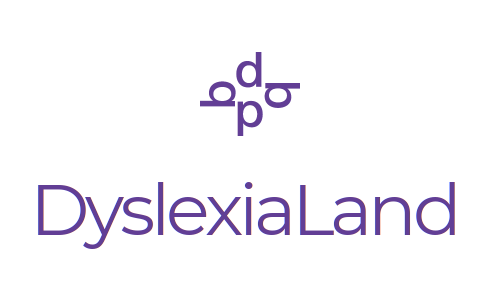Dysgraphia and Dyslexia
Many dyslexic students have difficulty with the mechanics of writing; it’s called “dysgraphia.” Dysgraphia commonly accompanies dyslexia.
Dysgraphia is especially obvious and pronounced when a student tries to take notes during a lecture—and typically leads to a great deal of frustration when it’s impossible to read the notes afterward.
Reading must be taught explicitly to students with dyslexia, and it’s the same with writing. Unfortunately, this is a time when penmanship practice is a thing of the past, and keyboarding skills are deemed more important. The flowing motion of cursive is a multi-sensory experience, optimal for students with dyslexia, but it’s rarely taught in school.
Dysgraphia also includes issues with punctuation, capitalization and often, a mixture of printing and cursive, often misspelled and disorganized.
What is a student with dysgraphia to do? Technology can be a big help, by using speech to text, or recording lectures rather than trying to take notes. “Practice makes perfect” isn’t necessarily true, but a little practice at home can help—both with keyboarding skills and physically writing. Apps that help with organization, of writing and math, can work wonders.
Children may be helped by an occupational therapist, who can help with pencil/pen grip, developing good habits with posture and developing fine motor skills.


